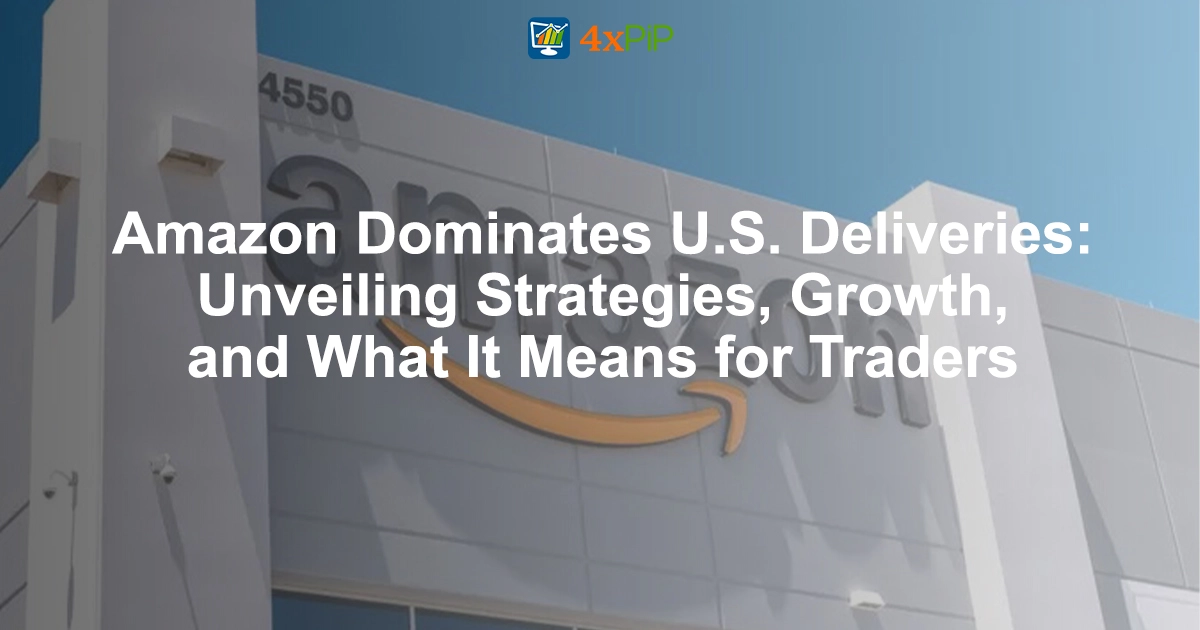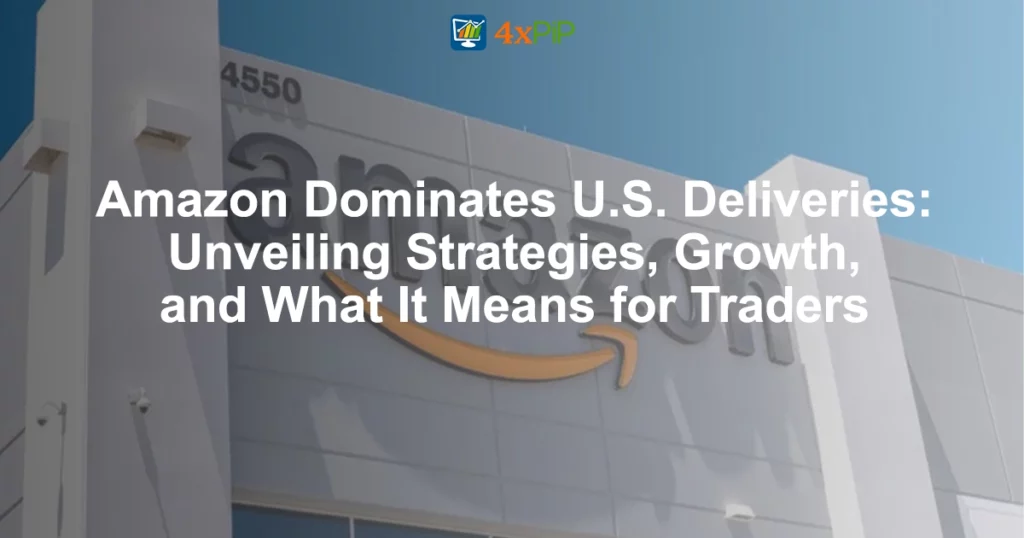In the competitive landscape of U.S. deliveries, Amazon has emerged as the leader, surpassing UPS and FedEx, as reported by The Wall Street Journal. Amazon, as of Thanksgiving, had already delivered a staggering 4.8 billion packages in the U.S., with projections aiming for 5.9 billion by year-end. This achievement solidifies Amazon’s dominance in residential deliveries, showcasing its efficient one-way delivery network.
The data, sourced from internal Amazon information and reliable industry insiders, reveals that Amazon outpaced UPS in 2022 and had already surpassed FedEx in 2020. In contrast, UPS and FedEx struggled to match Amazon’s delivery volume, with UPS estimating domestic volume below the previous year’s total of 5.3 billion and FedEx reporting around 3.05 billion for the fiscal year ending May 31, 2023.
Despite Amazon’s success in the U.S., analysts at JPMorgan noted that the e-commerce giant falls short in terms of global reach and diverse service offerings compared to its competitors. While excelling in quick one-way deliveries, Amazon lacks the extensive pick-up and delivery network that distinguishes UPS and FedEx.
Amazon’s journey to delivery dominance began in 2018 when it initiated a substantial logistics network expansion. The company introduced a program enabling entrepreneurs to establish their own delivery franchises for Amazon packages, leveraging a contractor-based model similar to FedEx’s Ground unit. This initiative propelled Amazon’s logistics capabilities, boasting a network of approximately 200,000 drivers in the U.S., facilitating a rapid increase in daily package deliveries.
Capitalizing on the pandemic’s surge in e-commerce demands, Amazon strategically expanded its e-commerce and logistics operations. Additionally, the company strategically opened numerous warehouses, sorting centers, and logistics facilities, effectively doubling the size of its network between the pandemic’s onset and late 2021.
Conclusion:
Amazon’s ascent to becoming the largest delivery business in the U.S. underscores its commitment to logistics innovation and adapting to evolving market demands. As a reliable source for in-depth market insights, 4xPip encourages traders and investors to stay informed about such industry shifts for informed decision-making. Explore 4xPip’s tools and robots for automated trading, providing a competitive edge in the dynamic world of stocks and deliveries. Contact 4xPip’s expert team at [email protected] for further guidance and information.





